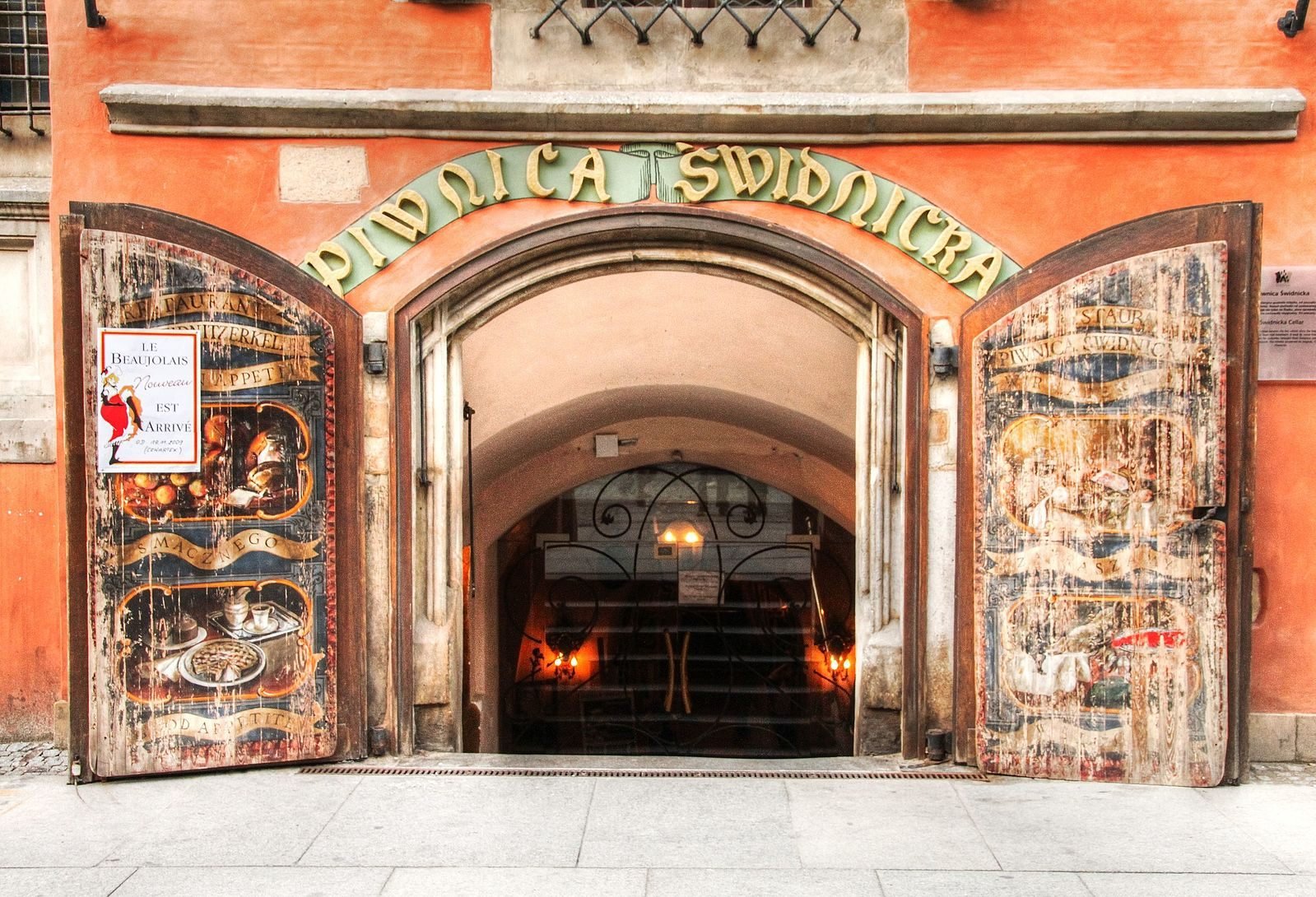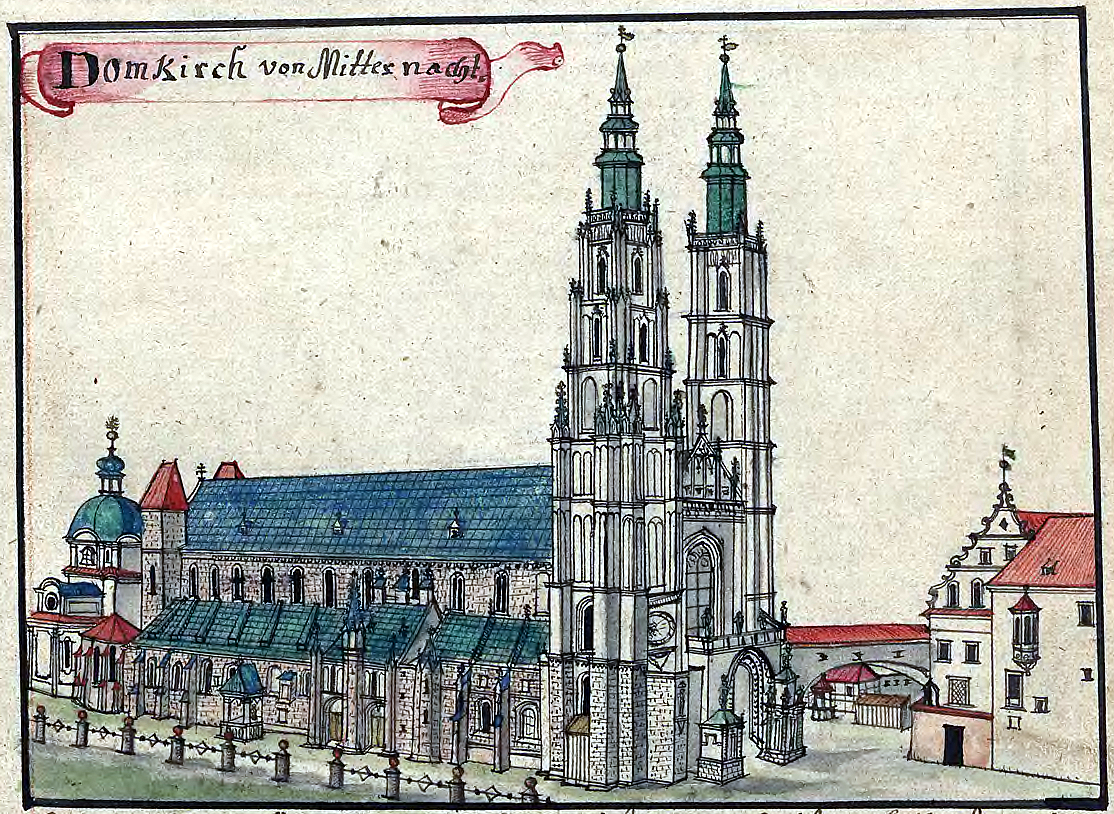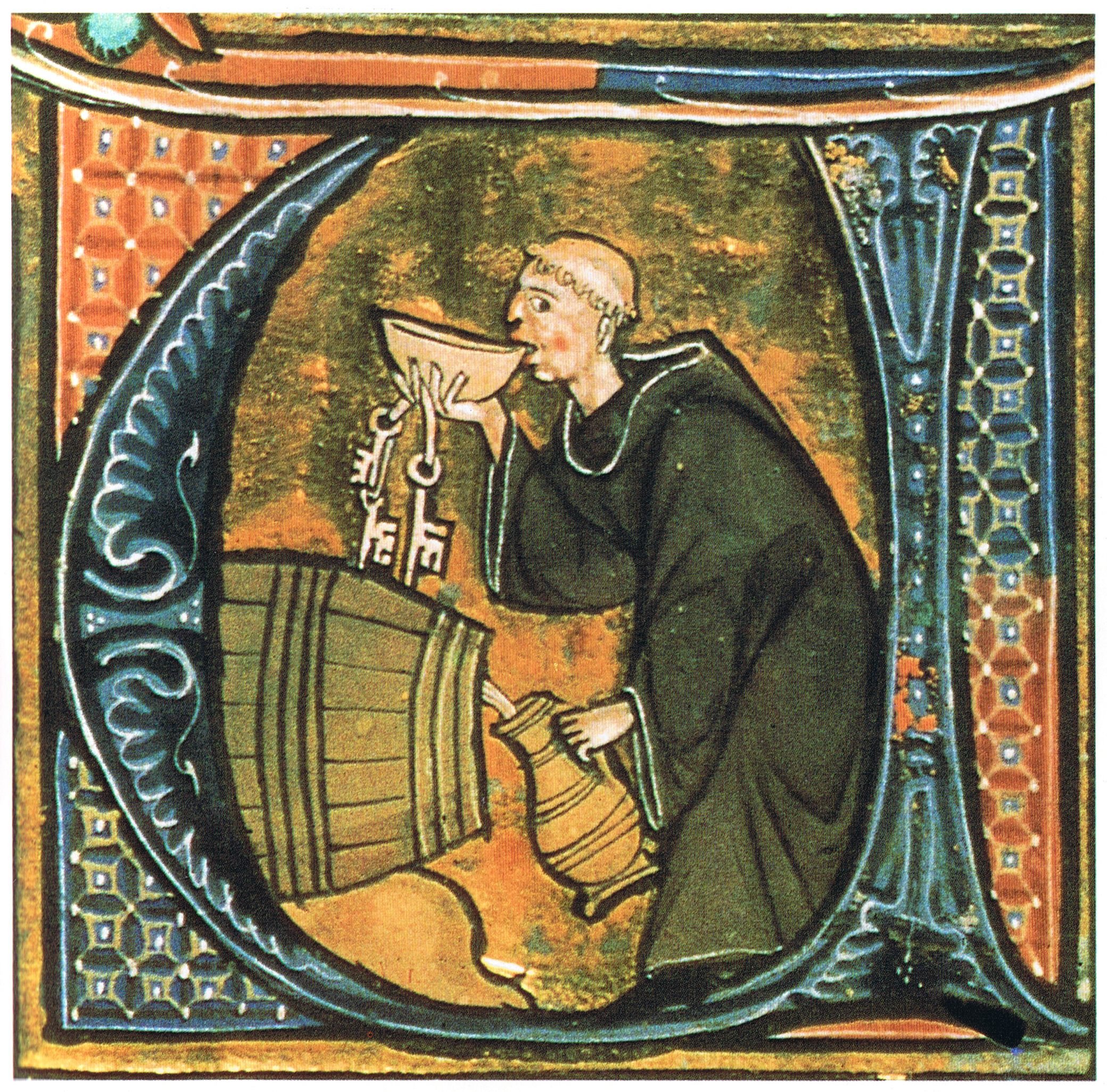Exploring Polish Beers
Or “how many times can I butcher the word Grodziskie”?
For this month’s Beer Club, I focused on Polish beers. It was a suggestion from my colleague, Justyna, and one I was pleased to be able to get to grips with. Truth be told, I didn’t know a whole lot about Polish beer history or styles. What I did know, is that I did not want to simply buy “typical” beer styles brewed by Polish breweries, nice as they may be. I wanted to find styles that represented Poland the way that Weiss and Lager represent Germany.
After scouring the online beer stores, and finding lots of NEIPAs and Sours made by Polish breweries, I knew this wasn’t actually going to be as easy as I thought. So the hunt began.
Justyna did some reconnaissance at her favourite local Polish shop, and she came back with a rather impressive Google doc with images of brands she knows, and some she doesn’t. The problem is that the vast majority are light lagers. Nothing wrong with one, but I didn’t want 5 pale lagers in the beer tasting. I also did some looking around at my local shop, but mine must be the only Polish shop in the land that doesn’t sell booze. Great.
So I took to trusty twitter again and got a few responses telling me to go to Polish stores, some telling me that their locals have some (not super helpful since mine clearly don’t), I struck gold. Wayne, AKA IrishBeerSnob told me about a site called Piwne Mosty or “Craft Beer Market” which is based in Poland and delivers across the EU. This was my best shot.
Now, look, there was a lot of the very thing I was trying to avoid - non-Polish styles brewed by Polish breweries - but I did find the following styles which I think are a great representation:
Grodziskie - A smoked wheat beer (historical style) - the only truly Polish style.
Baltic Porter - Stronger, lagered porter, the origins of which come from the Balkan countries.
Koźlak - a Polish-style Doppelbock.
I then found 2 of the more common beers:
Honey beer (Perła Honey)
Cider, specifically Redds.
Justyna told me that amongst the usual light lagers, the Perła Honey and Redds Cider were particularly common, so it seemed only right to include them.
While searching up a bit of the history of Grodziskie (pronounced Grow-jzisk-ey) I found another few anecdotes about Polish Beer history that are worth sharing.
The first is courtesy of this awesome Atlas Obscura article.



All the way back in the middle ages, it was common for town governments to run breweries. Sometimes in the basement under the town hall, like in Wrocław (pronounced Vrote-swav). Image 1 above is what some have called the oldest eatery in Europe (Piwo Swidnicka).
But even before that, beer was often brewed by monks - as far back as the 8th and 9th centuries - and they were often in competition.
There was even a war between the city and a Bishop in Wroclaw, where the Bishop “cut them off” from God and religious services while the Rata (town) went a more diplomatic route first (they had a lot of money to lose, because of tax) but also resorted to sanctions and blockades.
The people had their say and voted with their mouths - they preferred the monks’ beer. While they technically invaded the island where the monks were (on team town) they did cause a bunch of damage. The Bishop was unswayed but Pope Gregory XII banned the brewing of monastic beer for anyone but their own inhabitants.
Later, in 1418, an angry mob protested the Rata’s high taxes, nepotism, and corruption by storming Town Hall and killing 6 townspeople. In the end, the monks had the final say as the current Bishop had pre-absolved the townspeople of their sins ;) Handy!
The other fun anecdote is that in 1991 the Polish Beer-Lovers Party won 2.9% of lower Parliamentary votes, and actually held seats. It was started by a comedian and was meant to be satirical, but the people spoke! They fell apart due to disagreements over big beer and small beer… which is a familiar story even now.
Pretty sure I nailed this brief ;)
So onto the beers then!
From left to right: Redds Cider (Pomegranate), Perła Miodowa (Honey Beer), Viva Sliwa Grodziskie, Demode Koźlak (Dopplebock) and Dream Baltic Porter.
The first two I sourced from a Polish store in town, and the latter 3 came from the website, although much to my embarrassment, the Baltic Porter was actually brewed by a German Brewery. Damn.
While I didn’t include any light lagers in the official tasting, I did organise a bonus beer: Tyskie. Arguably not the best Polish light lager, but it’s very common so it was a nice addition.
I haven’t done my official check-ins yet, but my fave of the day was the Demode Doppelbock. It was rich, bready, and had lots of wonderful dried fruit notes. Definitely not a middle-of-a-heatwave beer, but delicious all the same. In fact, I saved 2 of the beers (they were extra…) for BJCP reviews here, so keep an eye out.
The bonus Tyskie acted as a welcome relief after the Doppelbock and Baltic Porter, considering they were 8.1% and 9.5% ABV respectively.
Did you notice, like I did, that some of the beers display ABV as well as Plato gravity? I’m not sure why they do, but it’s interesting. If you know why, let me know!
Time for results!
No surprises here, I’m afraid!
For the day that was in it, read: hot as the devil’s asshole, it was no surprise to me that the lighter styles took top prizes. The cider was the fave, followed by our bonus lager.
The Grodziskie, a new style to all of us, came bottom of the pack - it was very smokey and since that’s such a divisive flavour, it didn’t surprise me at all. What did was that people enjoyed the Doppelbock more than the honey beer - I thought that since the honey beer was lighter, it would do better. But some commented that it had a floral flavour that wasn’t all that popular. Considering the honey addition, that makes sense. I wonder how consistent those beers are from yield to yield. Again, let me know if you do!
Keep a lookout for my BJCP reviews of the Grodziskie and the Baltic Porter and thanks again to all those who helped me source beers for this one.



